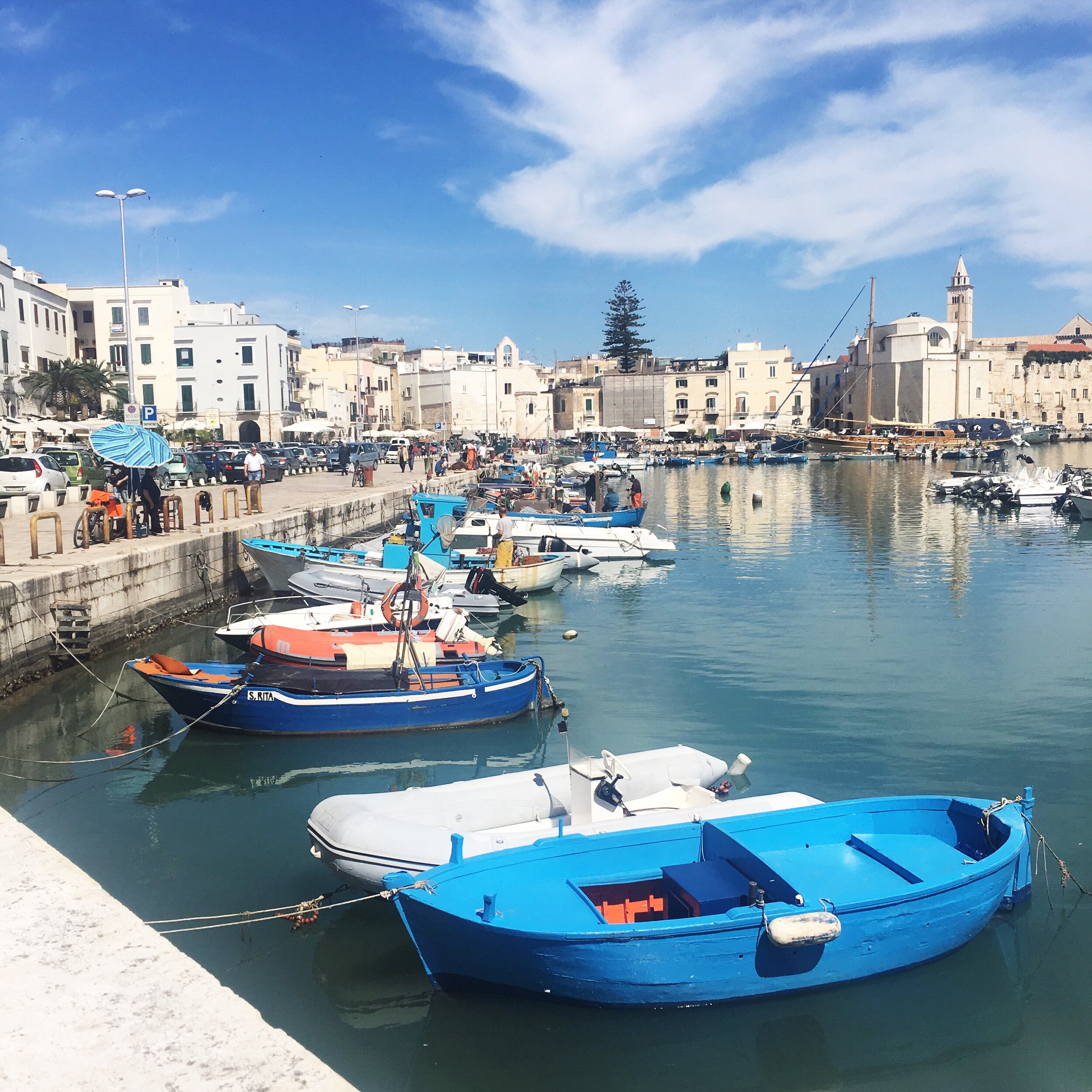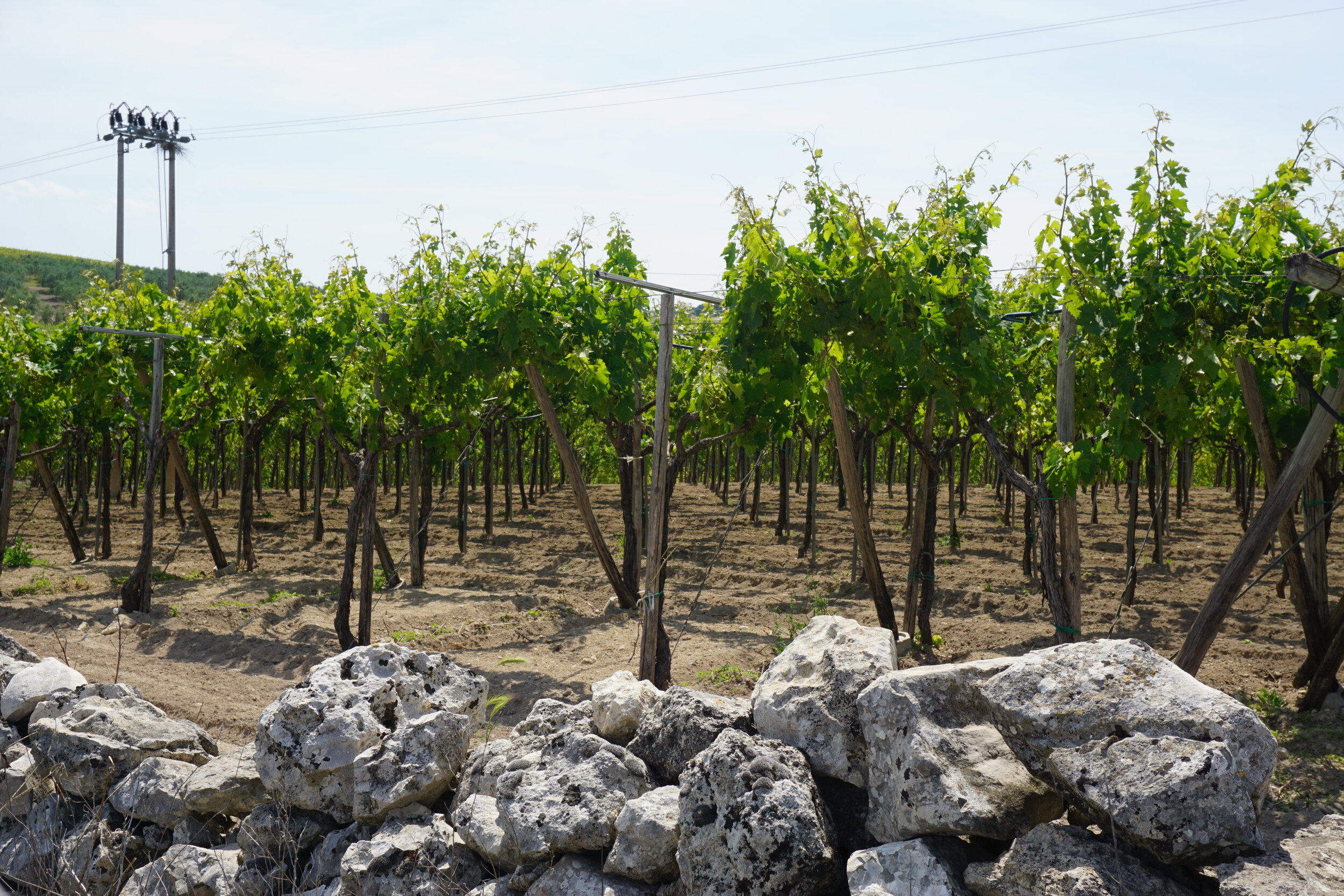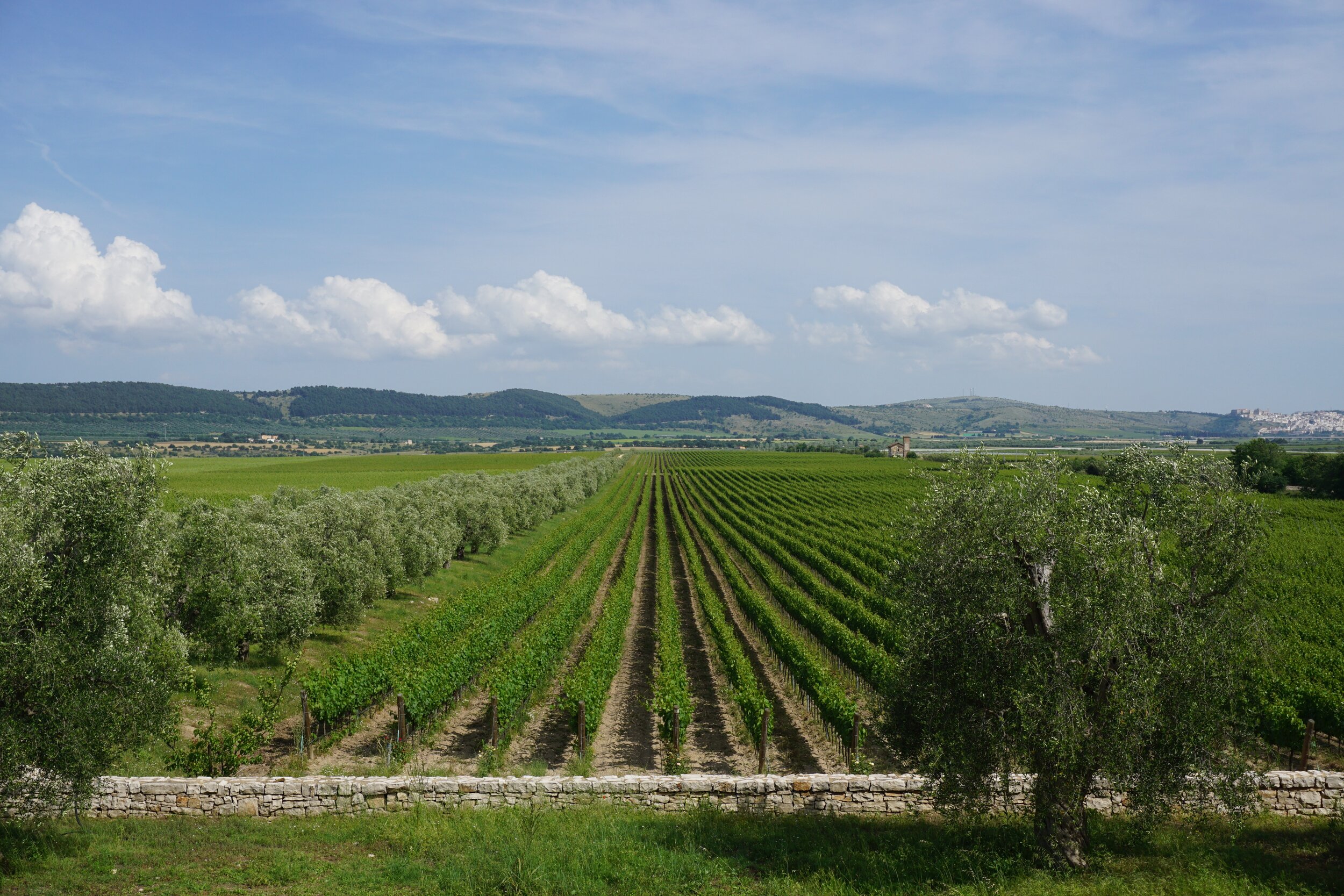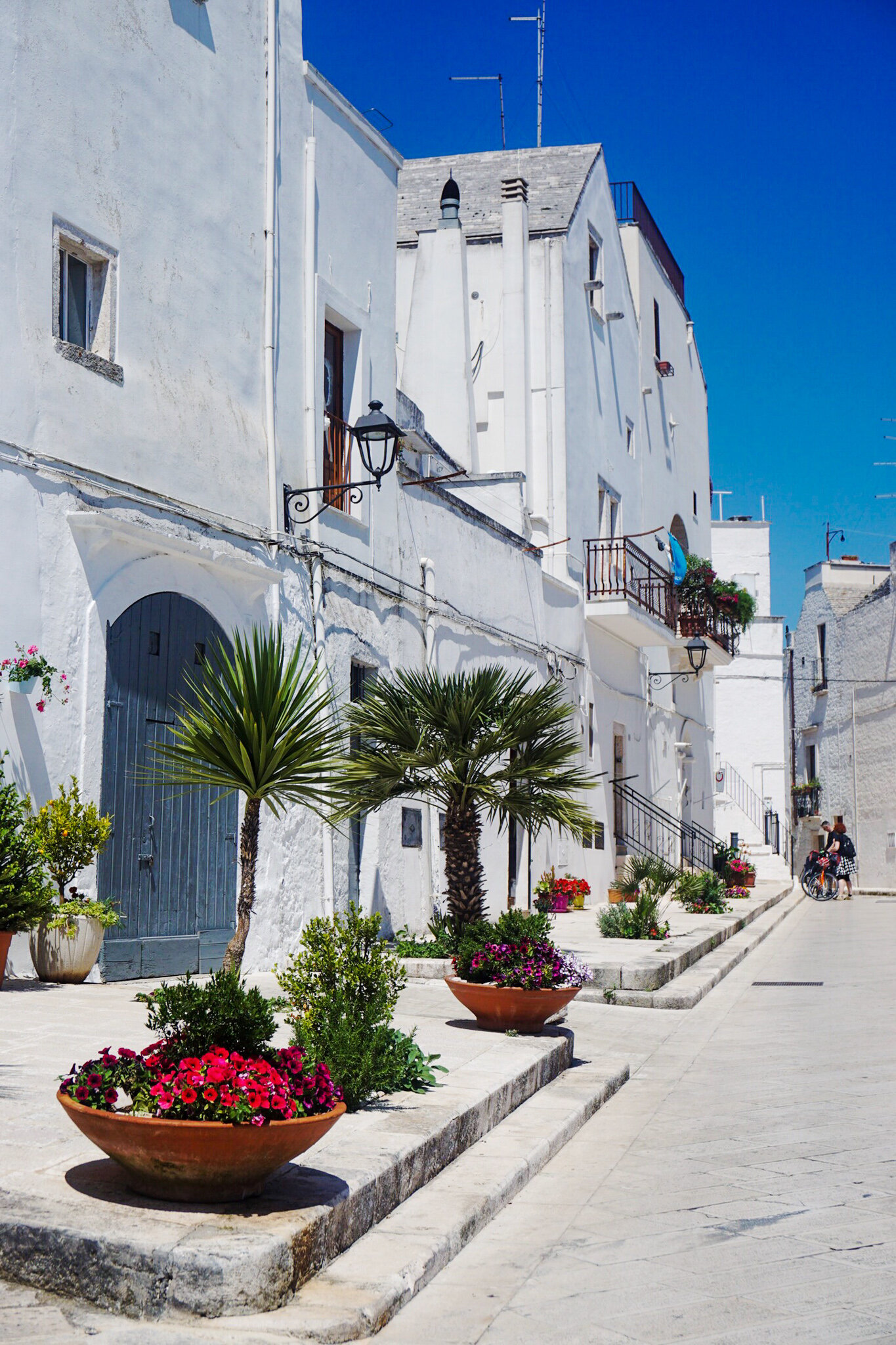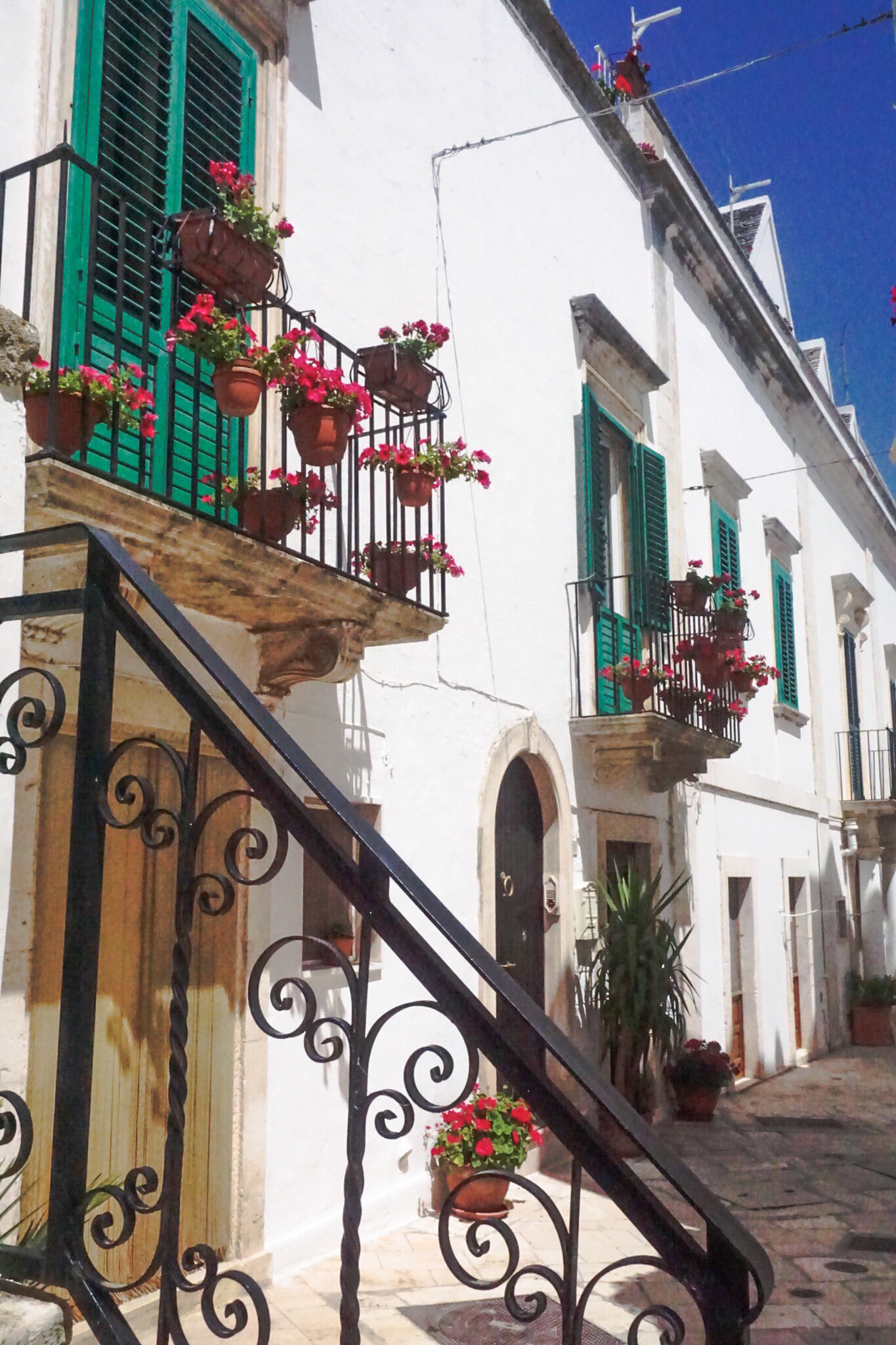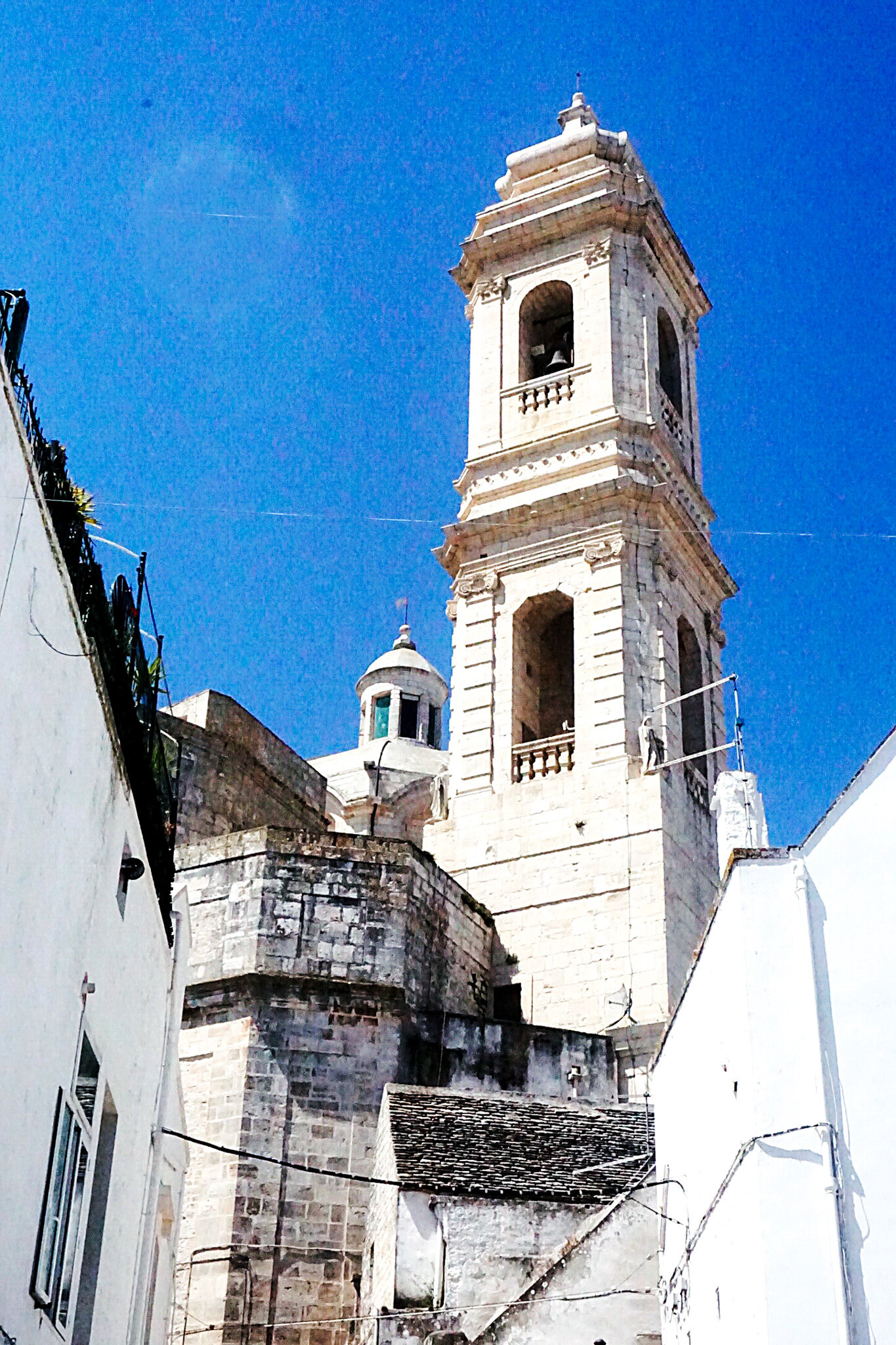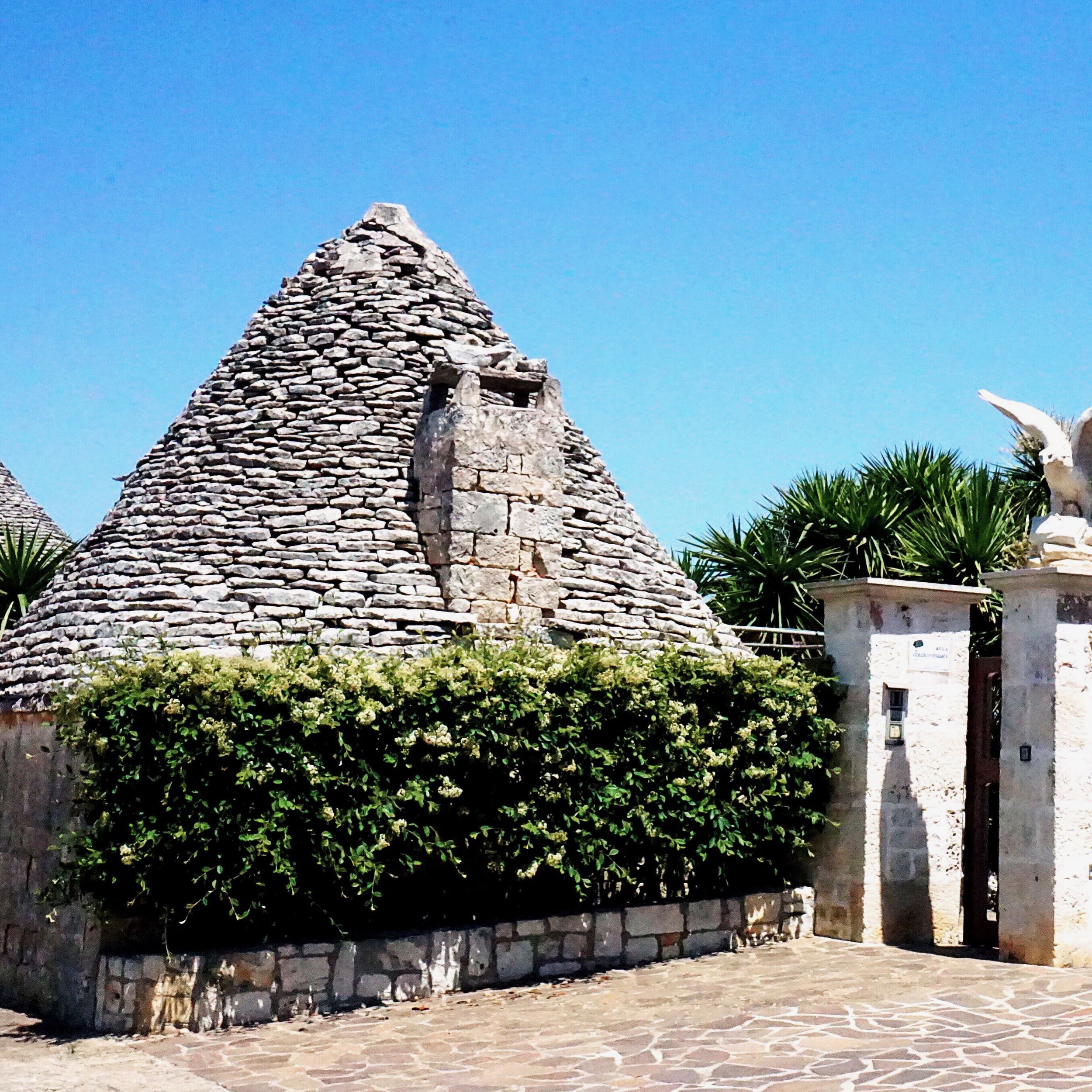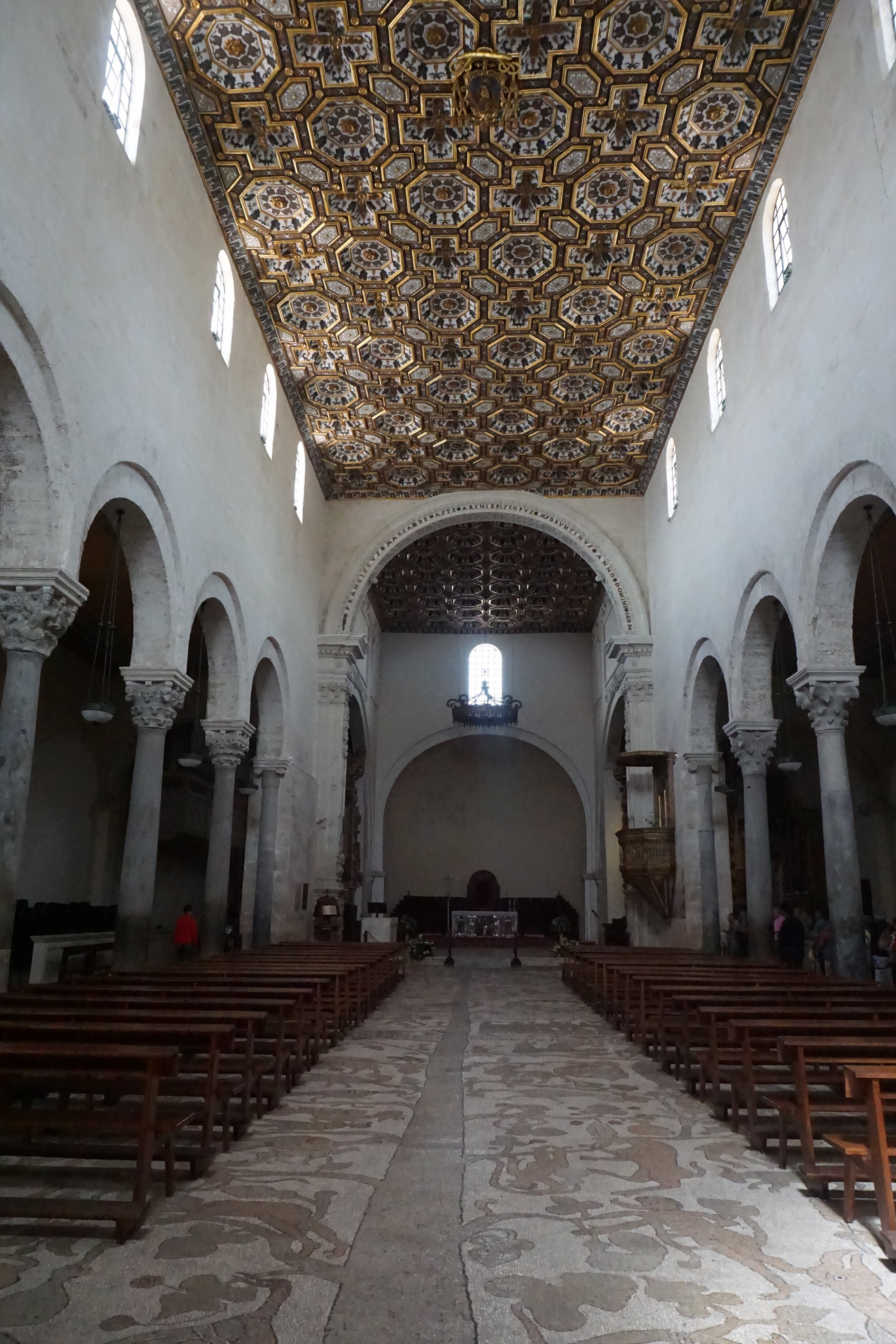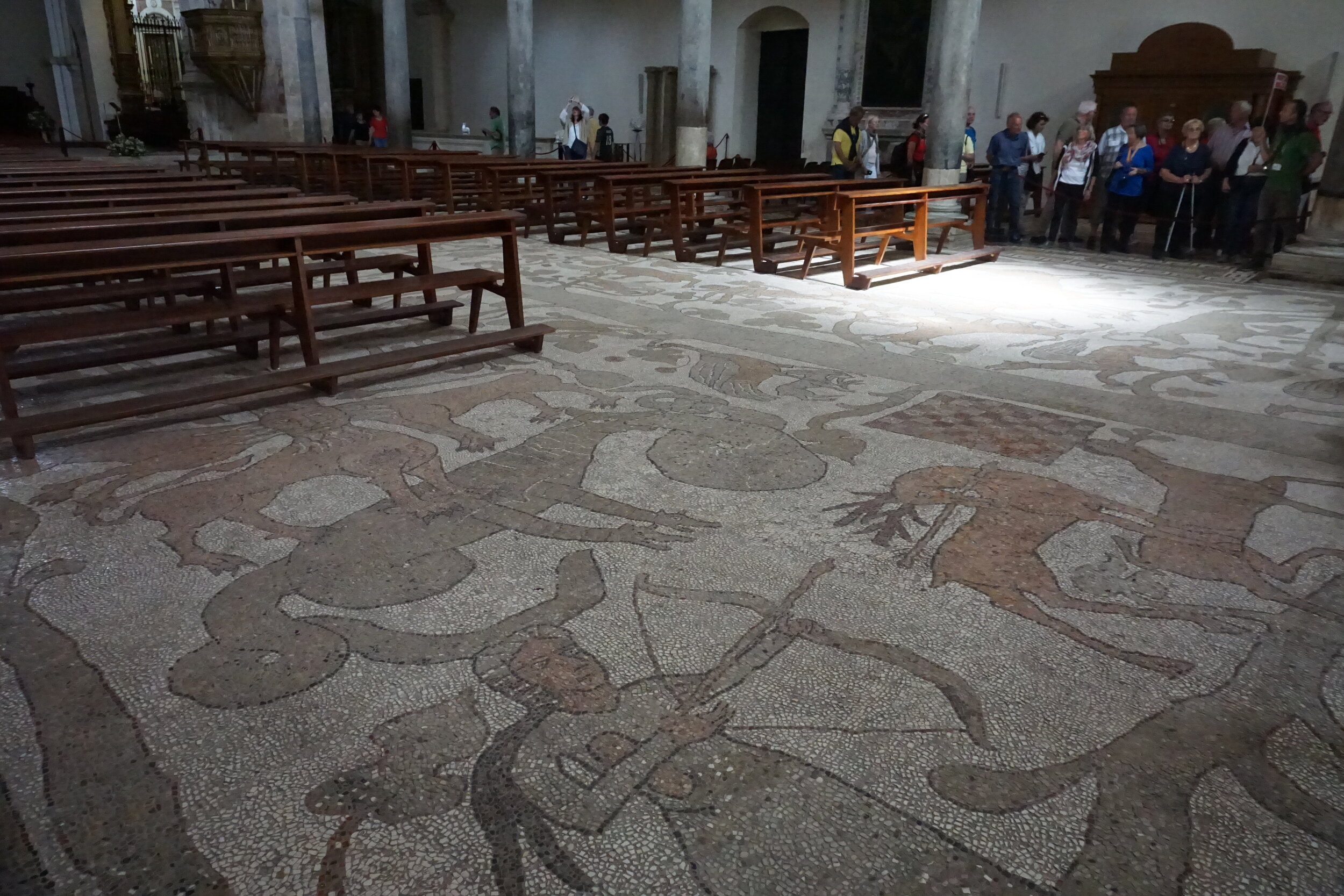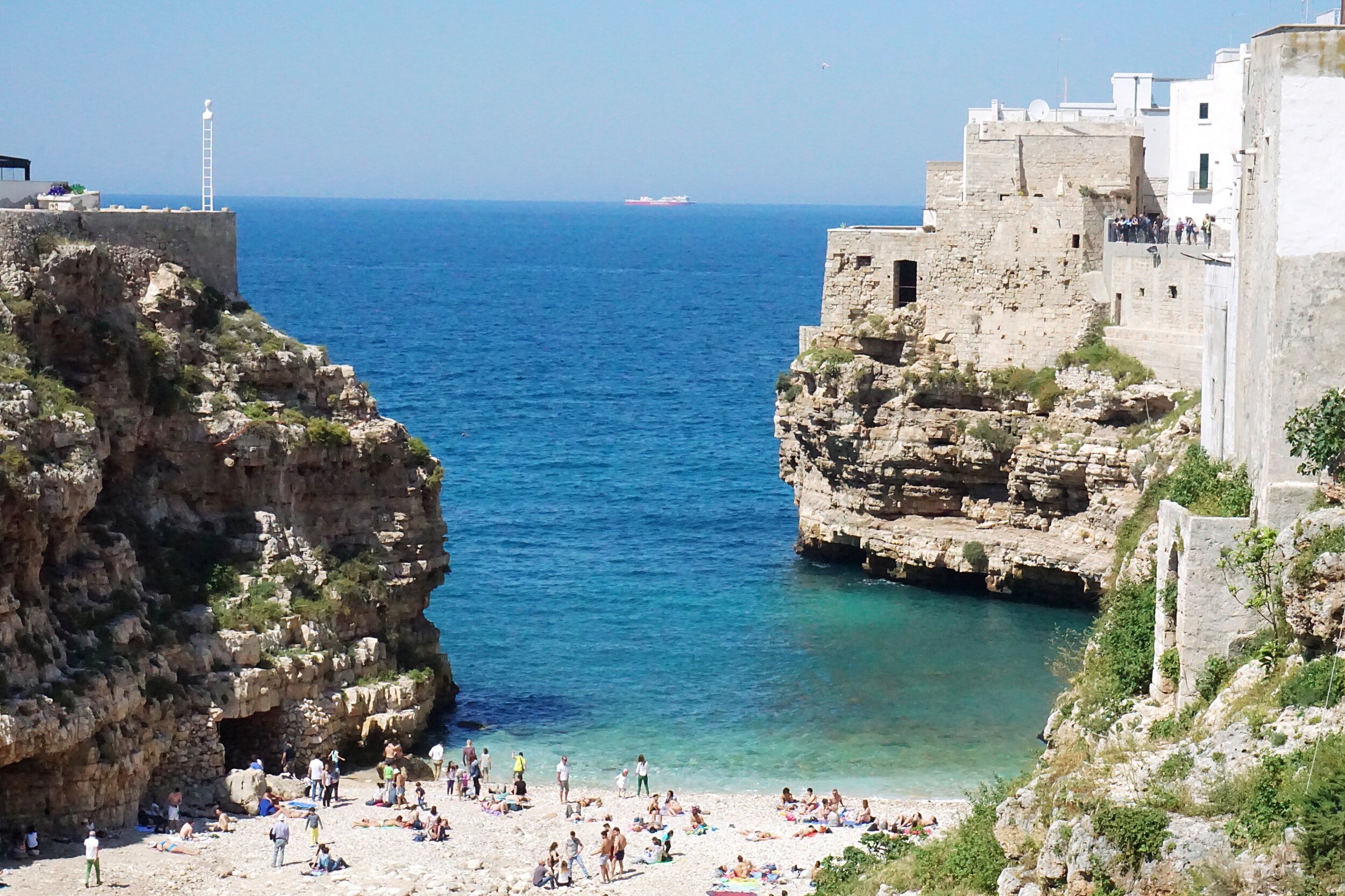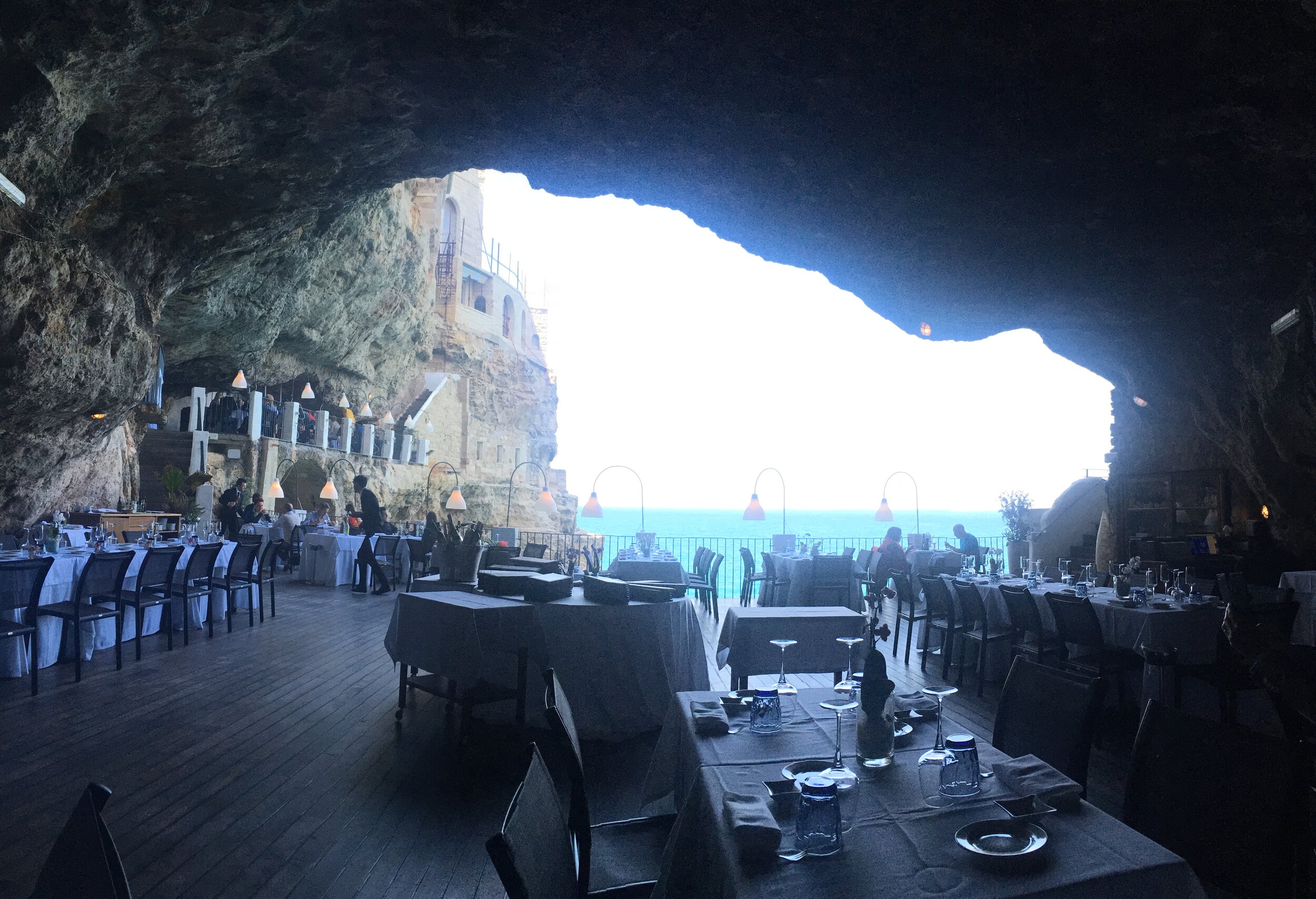Puglia: Wine Travel
Puglia is sunshine, coastlines, farmers, and fisherman. When you refer to its location in Italy, its the heel of the boot. The shoreline of Puglia from the Ionian to the Adriatic seas makes for some great exploration. Take time to stop at small fishing villages. You'll uncover fantastic fresh seafood with incredibly affordable prices.
With Puglia's warm climate and fertile soil, it is a bountiful agricultural region, and most of the countryside is flat with endless vegetation growing throughout. Many of its local dishes highlight its abundance of vegetables, and the area produces more olive oil than any other in Italy.
Exploring this wine region is to get off the beaten path and discover an area while they discover themselves. Puglia has been growing grapes for centuries but has sold most of them in bulk. They are in the process of converting themselves from grape growers to wine producers. Fine-wine production is a relatively new art, and you can find some great bargains while discovering some excellent wines which will pair well with Italian food.
THE REGION, GRAPES, WINE:
Wine production, combining these fertile soils and plenty of sunshine with Mediterranean breezes to help moderate vineyard temperatures, provides some pretty optimal grape-growing conditions.
The primary DOC is Salice Salentino in the central part of the boot, called the Salintino peninsula. This region is known for two primary grapes; Negromaro and Primitivo. Negroamaro is referred to as the black bitter. Wines made with this grape will usually lead with an abundance of fruit, although full-bodied, they are not tannic, and tend to make for easy-drinking wine. An essential characteristic of Negroamaro is that it tolerates heat exceptionally well and does not lose acid easily, so it has ideal conditions.
The other principal grape is Primitivo, a genetic match to California's Zinfandel. The name originates from "primi" which means "early" as it is the first grape to ripen usually in August. Older vineyards grow this grape in bushes, and the wines are full-bodied with lots of dark fruit. The grape has a naturally high sugar content and tends to be high in alcohol, so wines can lean more toward jammy flavors.
Castel del Monte in the north is another primary region with three of the four DOCGs in Puglia. It sits on a plateau, and the historic castle is a focal point of the region. You will find the Uva di Troia or Nero di Troia grapes as well as grapes known in southern and central Italy, such as Aglianico, Sangiovese, and Montepulciano.
In Puglia, red grapes make up 80% of the production, but one indigenous white grape to try is Minutola. This grape was nearly distinct, but winemakers enjoyed the aromatic dry wine it can produce, and now it's used in the areas sparkling wines.
TO VISIT:
Driving around by car is really easy, but appointments for tasting are required at most wineries.
I always choose to visit a winery of historical significance to the region to understand how the wine-making evolved. One of the oldest and most historic is Leone de Castris, here they will share the history of the family starting in 1665 and the traditions that are carried on today. A particular favorite wine was their Five Roses Rosé made from the Negromaro grape. It is said this was the first rosé bottled in Italy and imported to America. At the end of the Second World War, General Charles Poletti, commissioner for the allied forces, asked for a large quantity of rosé wine. The wine came to its name because, for several generations, each de Castris had five children.
We enjoyed a lovely visit to Masseria Altemura, the estate lies within the production zone of the Primitivo di Manduria D.O.C., in the heart of the Salento Peninsula, halfway between the Ionian and the Adriatic. Some of the property was restored from buildings dating back to the 16th century. You will finish the tour with a tasting of local antipasto to accompany their range of wines, sparkling Rosamaro brut, Fiano, Negromaro, Primitivo, and Aglianico.
Other wineries in the Primitivo di Manduria DOC where we enjoyed the Primativo grape were Cantelle, and Antico Palmento, a small family-run winery, and an intimate experience.
One of the major producers in Castel del Monte DOC is Tormaresca, an Antinori family investment, they have an immense estate. You'll be able to sample many of these grape varieties with their varied production of wines.
ALONG THE ROAD TO WINE:
Exploring this region, you must take in a whitewashed village and a Trulli home. Locorotondo is a beautiful example of a whitewashed town with winding streets and Romanesque churches. Alberobello, a UNESCO World Heritage site, is where you'll find an abundance of Trulli, these traditional circular stone houses with conical roofs. It is undoubtedly an architecture unique to this part of the world.
Martina Franca the draw is its cathedral; the floor is a beautiful mosaic so incredibly intricate.
If you're exploring the Castel del Monte DOC, you have to make the trek to its namesake castle and learn about Fredrick II. The octagonal building brings together geometry and astronomy and is a UNSECO designated building.
TO STAY:
The Baroque town of Lecce has friendly locals and plenty of wine bars serving up local cheese and salami. It makes for a great home base to explore the Salintino Peninsula. Be sure to find some time to take in a few of the 40 or so churches in this small little town, the facades are enough to delight but peek inside to see what you can uncover.
We stayed in the town of Lecce at La Fiermontina an old Masseria (farmhouse) that was entirely restored and transformed into a modern hotel with a dozen rooms and a fabulous outdoor setting.
There are many lovely resorts in Puglia, referred to as Masseria. These were compounds that were abandoned after the war and have now been turned into beautiful boutique hotels. These include the one where Justin Timberlake and Jessica Biel were married, Borgo Egnazia.
We sought a more local feel and opted to stay in the seaside town of Trani to explore the Castel del Monte wine region. The pedestrian-only harbor area is awash with little restaurants, and the Romanesque church looms large to welcome those arriving by sea. We happened to be there during one of the town festivals, so we definitely achieved our goal.
TO EAT:
Puglia has an abundance of natural resources; vegetables, olive oil, and seafood combine for straightforward yet delightful dishes. Pastas are made without egg and don't pass up Orecchiette in broccoli rabe sauce or eggplant with local cow's milk cheese.
An experience to remember is eating at the Grotta Palazzese restaurant in Polignano di Mare to dine in a cave. It is a truly unique setting that sets it apart from any other dining experience; it's worth the extra you'll pay in food for the view.


